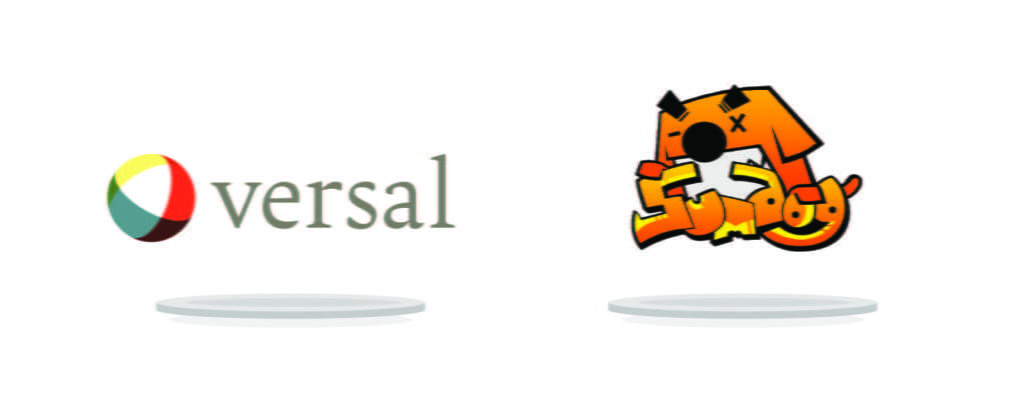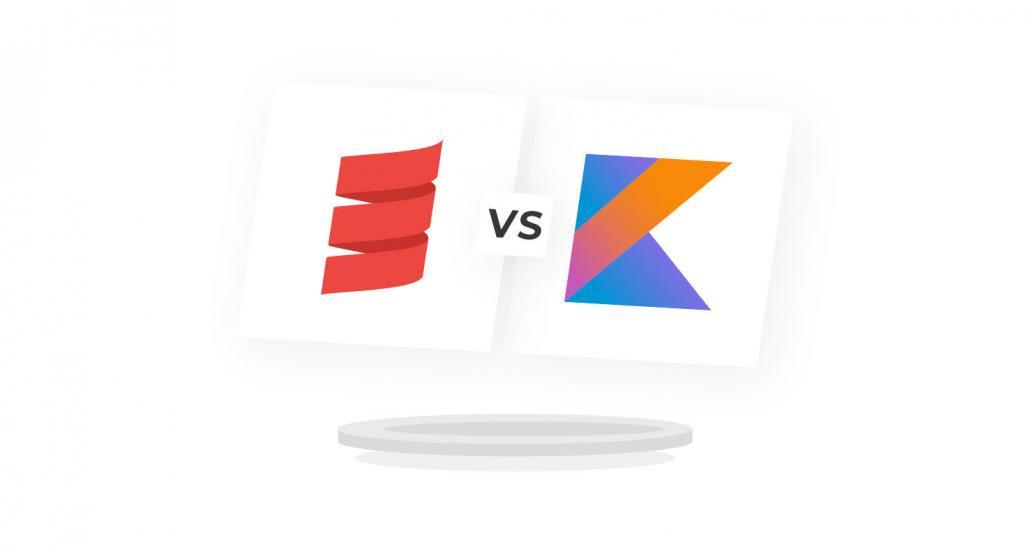
The Secret To Building A Successful E-learning Platform

It was the internet that first got people realizing just how much easier knowledge-sharing could be. And by the time COVID-19 arrived on the scene, e-learning had become so accessible that it was ready to take over the world. As a result, the e-Learning platform market (Learning Management System) has forced businesses to up their game when it comes to providing courses and training online. But you don’t have to be at the level of Udemy or Coursera to take a lead from their example. After all, with their success, they must be doing something right.
So how can you go about setting up your own Learning Management System? Whether you’re planning on being the next Udemy, Coursera, or MasterClasss or you’re just going to be doing your own thing?
What are e-Learning platforms?
Basically, e-learning portals are online platforms (or LMS – Learning Management Systems) providing both learners and trainers with integrated services. Including the tools, information, and resources to enable training and tutorials to be delivered and managed online.
The best thing about training and learning online is that learners can learn at their own pace. Also, they do not have to be physically present at any particular location. This means the possibilities for learning, as well as the potential for business, are endless.
Web portals such as Udemy or Coursera are becoming more and more popular. Why? Because they offer more freedom for learning, more variety, and lower costs of delivery.
E-learning websites come in several different types:
- MOOCs (Massive Online Open Courses) such as Coursera, Skillshare or Udacity
- Virtual learning environments (VLEs) such as Moodle and Blackboard
- Video streaming services such as YouTube.
- Visual instructor-lead training (VILTs), for example WebEx.
- Discussion boards such as Discourse
- Forums, for example, A to Z Teacher Stuff,
- Podcasts,l such as Learning Uncut.
Introducing the leading e-Learning platform providers: Coursera and Udemy
How do Udemy and its like work?
E-learning portals are usually quite straightforward. They allow potential learners to sign up, create an account then search for courses, lessons, or tutorials from individual teachers, trainers, or organizations. Udemy also attracts teachers and trainers by providing them with a variety of tools to create their content. And to enable them to deliver their courses and lessons to learners online. In the case of Udemy, they also deal with marketing and distribution. But you can decide for yourself if you want to include these services when creating your own e-Learning platform.
What’s the secret of their success?
Here are some of the factors that make Udemy and Coursera so popular:.
- They give access to advanced technologies which makes for a better learning experience
- They provide an extensive database of expert trainers
- Their pricing is very competitive (often offering free services)
- They provide extensive tools and resources for course-creation
- There are useful tools for rating the trainers and courses on offer
- They provide content in various languages
Why be like Udemy when building your Learning Management System (LMS)?
The pros and cons
By far, the most popular way to learn now is online. A lot of Learning Management Systems have sprung up, and new ones are constantly appearing. As demand shows no signs of slowing down. But before you jump in and start developing your own platform, you need to be aware of more than the benefits of e-learning. But what some of the difficulties might be too. Let’s take a look.
The Pros of e-learning and e-learning platforms
- The flexibility of time. Unlike traditional learning, e-Learning platforms such as Coursera and Udemy offer more flexibility and possibilities for learners. Especially those in full-time employment.
- The flexibility of pace. No two learners are alike. Online learning platforms allow students to learn at their own pace. So, they can decide how much time they spend on each lesson or part of a course. i.
- Variety and choice. Udemy and similar platforms offer numerous courses. Allowing learners to train themselves in a wide variety of topics at the same time.
- Lower costs. Learning online is much more cost-effective than sitting in a classroom learning in the traditional way. . Learners no longer need to commute, sometimes cutting out the significant costs of accommodation and travel.
The Cons of E-learning and E-learning Platforms
However, despite these advantages, learning online is far from perfect. Here are some of the biggest challenges when it comes to virtual learning:
- problems with self-discipline
- limited individual feedback from trainers
- limited face-to-face interaction
- variable content quality
- over-reliance on technology
How to Build a Learning Management System in 5 steps

1. Verify your ideas
How to make sure your idea is affordable, effective, and attractive to potential users? You will need to take a look at the figures. The general statistics are revealing the global E-learning market was worth an estimated 144 billion US dollars in 2019. And is expected to be as much as 374.3 billion US dollars by 2026.
2. Find your niche
You will need to get to know your target users, who they are, their age, gender, educational background, etc. As well as what courses will be most appealing to them. Carve out your own niche, whether it is training for business, courses for entrepreneurs, or others. In the realms of personal development, fitness, health, art, handicrafts, IT, or technology.
3. Decide on your business model
Before you start you will need to know how you are going to successfully monetize the services you offer. When it comes to deciding on your business model, bear in mind that although Spotify launched 12 years ago. And it has never managed to make an annual net profit. Another example, Quora was established in 2009 with no business model to speak of. And only started to produce revenue as late as 2014. This was after it assumed a business model of making money through sales of advertising integrated into its website. However, this only happened after it was lucky enough to receive $226 million from 14 investors over four funding rounds. Unlike Quora, most businesses end up dying during the difficult process of working out how to generate income. OK, so what options do we have?
The choices:
- platform-verified certificates – issued at the completion of a course
- monthly or yearly subscriptions – giving partial or unlimited access to any or all courses on the website
- paid affiliates – the website provides links to useful or necessary materials related to course content
- corporate collaborations – outside organizations offer specific courses through the website
- paid courses – students purchase courses on offer with revenue going partly to course creators and partly to the website owner
4. Creating an MVP
The basic features of any e-Learning portal can usually be divided into two categories. Those concerning the students using the website used by the trainers offering or leading the courses. And any administration panel features.
Students
- search, category, and filter features – enables searches using keywords and courses available. Divided into categories based on subject, price, level, etc.
- recommendations – shows other courses based on those previously enrolled on by the student
- payment gateways – secure, easy payment options should be well integrated into each student profiler
In addition, every student profile should include personalizable settings, basic information about the user, and a history of previous purchases.
Trainers
- creation, editing features – course creators should be able to easily create and update their course content
- Personalized dashboard – necessary for course creators to keep track of created materials and lessons number. As well as the identity of course participants etc.
Admin features
- adding, editing, removing users
- adding, editing, removing courses
- statistics and reports
- notification management
- subscription management
You may need to implement push and email notifications. To keep your subscribers informed about any new offers, developments, courses, etc.
5. Choose custom-made over ready-made
There are two approaches to creating a new e-learning platform. Either you can build it from scratch or use a ready-made solution. Let’s take a look at these two options in more detail.
Custom-made software
A custom-made solution is essential if you want your platform to be as functional as possible. And able to fulfill the specific needs of a wider range of students. This solution may be more time-consuming. But it will mean you will be able to easily put into place new features as they are needed and quickly scale your services as demand requires.
If this is your chosen path, Scalac’s experienced web development team will guide you through the most effective ways to develop your own custom-made solution. From start to finish. As well as provide you with any support you may need after the launch of your platform. You’ll be able to read in more detail later on in this article about two e-learning platforms we have worked with recently.
Off-the-shelf products
Joomla, Moodle, and Canvas are all examples of open-source software for managing student features and offer a lot of free plugins. However, they do not offer effective solutions and implementing specific functionalities may prove difficult when it comes to importing more customized themes.
If you want your platform to stand out from your competitors, then you will need to offer your users a more unique design. As well as tailor-made services and features. This will also mean having the most suitable tech stack for fulfilling your individual needs.
Like any website, an e-Learning platform should be as intuitive as possible for users and operate without much effort. This means UX and UI are crucial. Also important is that any new portal must be responsive to the many users who will be accessing the site via their mobile devices, which are increasingly playing an important role in our day-to-day lives. Knowledge of the right technology, external plug-ins, and third-party tools will also be needed to ensure an effective and successful experience for your users.
6. Enlist great instructors
Great UX and UI and top-rate performance are not enough alone to ensure success. You will need great content too. And on an e-learning platform, great content means great instructors, teachers, and trainers. But where to find them? Consider cooperating with respected educational institutions such as universities, colleges, and specialist training firms. MasterClass offers a master class in such successful cooperation by providing training with respected experts like Marc Jacobs, Margaret Atwood, Neil Gaiman, and Annie Leibovitz, along with other well-respected people.
Scalac’s client stories: Boosting the e-learning platform experience

Providing efficient ways to interact with large amounts of structured data
Client & Challenge
Versal is a simple yet powerful cloud-based Learning Management System (LMS) and course authoring tool used by companies of all sizes, including Kennametal, Teach for America, GAP, Osmow’s Inc., OpenSesame, Universal Wireless, and the University of Louisville. As the company works on a global scale and is an award-winning service provider, they need to keep up with the growing popularity of its platform and always be one step ahead of its customers. To avoid technical debt, they were on the lookout for a team of well-rounded professionals; which is when we stepped in. It was essential to Versal that they retained complete control over the extended development team we had provided by incorporating it seamlessly into their engineering processes and quality standards.
Solution
Taking the client’s roadmap as our foundation, we needed to clarify requirements and map out the details. Scalac supported Versal in the development process, adding new features and fixing bugs at the backend. We worked closely with the client to fully understand their technology platform and agile methodologies, identifying those elements that would fit ideally with our team, to work seamlessly alongside their internal team.
Once we had the core ideas in place, we needed to formulate all of the functional details. This meant our team needed to work on the following tasks:
- Research and development, including rewriting the homegrown HTTP server
- Providing an efficient way to interact with large amounts of structured data on Versal’s data-driven platform
- Optimizing the performance and speed of the products
- Setting up a streamlined delivery process as well as largely improving the time to market for new updates
- Building new features and fixing existing ones, using best practices and technologies to develop reliable, stable, efficient, and well-tested code
- Implementing any improvements that were identified during the QA processes. These were primarily too-long response times and inefficient DB queries
Based on various business factors, we had to include the following functionalities:
- User management
- Course management
- Gadgets (elements used for courses such as a text editor, images, etc.)
Results
The final released application turned out to be the perfect answer to all their business needs as defined in the specifications. The client expanded the development team with established technology and a strong team of developers, alleviating the challenges and costs of recruiting at scale in a competitive market in San Francisco. Versal’s collaborative approach combined with our experience brought about marked improvements in their core development processes and resulted in noticeable efficiency gains.
Architecture scalability for a fast-growing company
Client & Challenge
As an e-Learning company, Sumdog has developed a Learning Management System with a personalized learning experience for math and spelling practice. The most unique about the Sumdog platform is that it achieves excellent learning results from gamification, specifically multiplayer games which are proven to accelerate progress.
Scalability had become a sore point for Sumdog, as with every fast-developing company with a growing number of customers using their software. With the evolution of its existing features and increasing pressure to add new features, its needs have rapidly grown, giving the company a real technological challenge.
Solution
We immediately dove into Sumdog’s existing environment. First off, we talked through all of the pains, needs, and processes that the development and business team had been confronting. We had to keep in mind that a highly competitive environment means Sumdog’s product must have expectational functionalities and a great learning experience. We implemented solutions to track learner progress and enable Sumdog to analyze data to improve their learners’ experience by providing them with personalized exercises that would adapt to their level.
Results
Scalac managed to simplify the complex, overloaded architecture. Like every growing company, over time Sumdog had added elements to the architecture. At this point, it had become overloaded and overly complicated. They needed a more simplified architecture to make it easier to communicate, build, deploy, operate, and evolve. Meaning all of the things dynamically developing companies do every single day.
Scalac can provide you with a team of developers used to using cost-effective approaches and with years of knowledge. We will guide you through the whole process from start to finish and assist you at the launch.
Engaging the interest of learners is critical for effective learning strategies. Learning for the sake of learning is excellent, but at times it can get very dull. By using gamification for arduous and difficult subjects, you can extract much more commitment from learners. This is why Sumdog’s teaching techniques include gaming and tracking students’ progress, giving learners the best experience, and providing the practice and exercises they need to achieve their personal goals.
With powerful and fun tools like Sumdog, kids can expand their knowledge and skills remotely, while having fun and keeping all of the benefits of traditional education. We are proud to have been part of such an impactful project, especially in such a demanding market as education and e-learning. It’s also amazing how thanks to their system’s tailored architecture, Sumdog can now scale its business with ease, keeping up with the growing demand for remote learning solutions like Learning Management Systems.
Conclusions
Platforms such as Udemy or Coursera offer online education and training programs for individuals interested in various courses from all around the world. E-learning is fast becoming a significant part of the education industry, allowing unique and renewed forms of distance learning.
A continuously increasing demand means there are now fantastic opportunities for businesses to create their own solutions. However, you also have to keep in mind that this highly competitive environment means your product has to have expectational functionalities as well as provide a great learning experience.
If you want to build an e-Learning product that will answer all of your customers’ needs and requirements, contact Scalac. Together we can create a customized solution, tailor-made to your individual needs, and help you become an e-learning platform leader.











